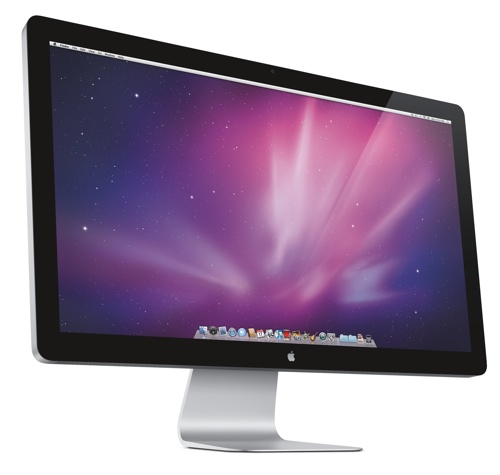New data from Juniper Research (www.juniperresearch.com) has found that consumer spend on smart home services, including entertainment, health, energy and home automation will reach US$100 billion by 2020, well over twice the estimated spend for this year, at $43 billion.
Entertainment services such as Netflix and Spotify are playing a key role in boosting the smart home market size, driven by a universal appeal, and the low cost of services, according to the research group. However, emerging smart home segments, such as home automation, are expected to begin catching up, driven by falling hardware costs and increased consumer awareness.
Juniper Research found that numerous home automation subscription services, such as AT&T’s Digital Life, have struggled to address the mass-market. Incremental unit-by-unit purchases, to personalize the home, are therefore the most likely entry point for the consumer. Nonetheless, the research found, that vendors such as SmartThings and Nest have successfully added subscription services to their hardware sales in order to generate “lifetime value.”
“Enabling services to generate recurring revenue on top of Smart Home hardware will be crucial for realising the projected long-term success of this market” says research author Steffen Sorrell. “However, tapping the developer community to innovate and address the wider market remains an issue.”
Juniper Research forecasts that the number of connected appliances in Smart Homes will rise to over 20 million by 2020. The market will continue to be characterised by high prices and a low value in connectivity. Consequently, while Samsung expects 100% of its portfolio to be connectable by 2020, consumers actually using these features is forecast to remain relatively low. Other key findings of the report:
° Voice control and other ‘hands free’ mechanisms will become the principle interface between users and devices in the smart home.
° The use of wearable devices to passively supply “quantified self” data to control smart home devices is likely to emerge as a key use case towards 2020.



